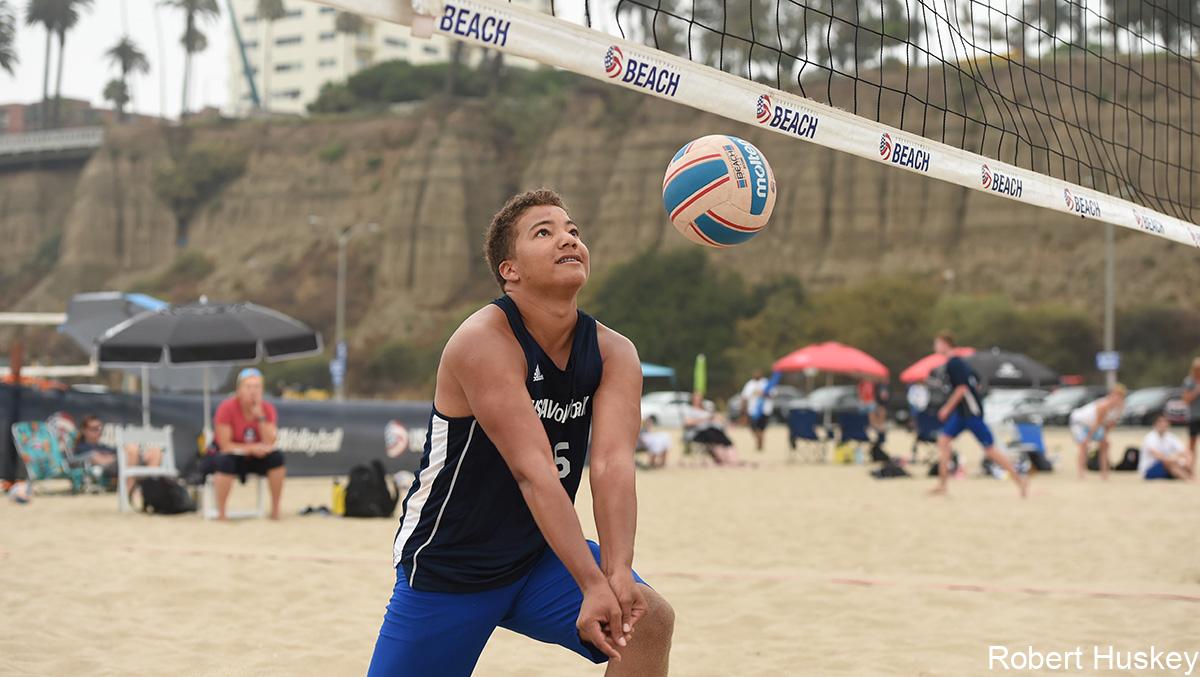

The Rise of Padel in China A New Wave of Tennis Enthusiasm
In recent years, the popularity of padel, a racket sport that combines elements of tennis and squash, has witnessed exponential growth across the globe. Originating from Mexico in the 1960s, padel has traditionally flourished in Spain and Latin America, where it has become a mainstream sport. Now, China is catching up as it embraces this exciting game, integrating it into its burgeoning sports culture.
Padel is played on a smaller court enclosed by glass walls, allowing for dynamic and engaging rallies. Players use solid rackets (as opposed to strung rackets in tennis) and a foam ball, which can bounce off the walls similarly to squash. This unique gameplay, along with its social nature—typically played in doubles—makes padel an attractive sport not only for athletes but also for recreational players looking for fun and connection.
The Rise of Padel in China A New Wave of Tennis Enthusiasm
Moreover, the increasing influence of Western culture and sports trends has played a crucial role in the rise of padel in China. Chinese urbanites are increasingly drawn to new sports experiences that emphasize community and fun. As lifestyle changes encourage people to seek active and social pastimes, padel provides an ideal solution. It attracts players who may find tennis energetically demanding or too time-consuming, offering a more accessible alternative without sacrificing the thrill of competition.

The establishment of padel clubs and facilities across major cities such as Beijing, Shanghai, and Guangzhou has further catalyzed the sport's expansion. Padel courts are being built in urban centers, making it easy for enthusiasts to gather, practice, and play matches. Many of these facilities also host tournaments and social events, fostering a strong sense of community among players. This local infrastructure is crucial for the growth of padel as it creates platforms for both recreational and competitive play.
Notably, local organizations and sports coaches are working diligently to promote the game through coaching clinics and introductory courses. By teaching the fundamental skills and rules of padel, they aim to encourage more citizens to try their hand at the sport. It's common to see showcases and demonstrations in parks and public areas, where newcomers are invited to participate and learn in a relaxed, friendly environment.
Internationally, padel is witnessing increased visibility through professional tours and tournaments, and this momentum is beginning to spill over into the Chinese market. Chinese players are being encouraged to compete in international events, putting local talent on the map while inspiring the next generation of athletes. As more Chinese players reach national and international ranks, the sport's popularity will likely surge even further.
The future of padel in China looks bright, with the potential for this sport to become a prominent fixture in the country’s sporting culture. As more people join the padel revolution, it could one day rival traditional sports like badminton and basketball in terms of popularity.
In conclusion, as China continues to evolve its sporting landscape, the emergence of padel represents an exciting opportunity for sports enthusiasts. With its engaging gameplay, social atmosphere, and broad appeal, padel is poised to capture the hearts of many across the nation. As the sport continues to grow, it is sure to create a vibrant community of players and fans, fostering camaraderie and competition in equal measure. Keep an eye on the burgeoning world of Chinese padel—it's just the beginning of a thrilling journey in this dynamic sport.
High-Performance Industrial Flooring Solutions China Paddle Tennis Court for Sale
High-Performance Industrial Flooring Solutions Durable & Cost-Effective
Homogeneous Transparent Floor – Durable & Stylish Rubber Floor Solutions
Premium Homogeneous Transparent Floor for Durable & Stylish Spaces Rubber Floor Solutions
Premium Sports Floor Solutions Durable PVC Sports Floor & Rubber Floor for Gyms
Durable Rubber Composite Floor Premium Rubber Floor & Mats Solutions